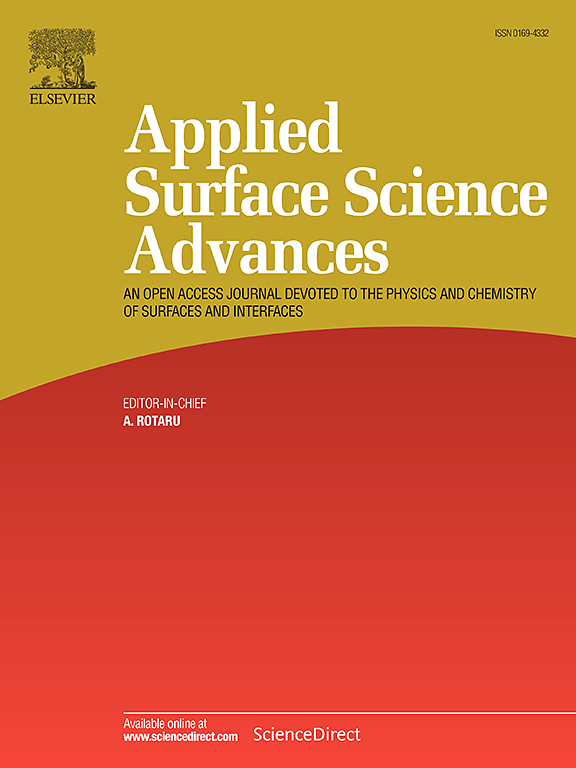Protective coatings for complex organic flexible materials I: characterization and tribological performance of TiO2 and ZnO films deposited by magnetron sputtering on cork
IF 8.7
Q1 CHEMISTRY, PHYSICAL
引用次数: 0
Abstract
The escalating imperative to combat the climate change has generated sustainability trends, leading to a rising demands for eco-friendly products. Cork and rubber are versatile materials based or derived from natural sources with various industrial uses and applications. This work represents the first part of a comprehensive investigation focusing on cork, with rubber being the subject of a subsequent paper. Cork shows unique properties which make it attractive for many applications beyond wine stoppers, such as bags, flooring, walls lining and aerospace components. Nevertheless, cork suffers from strong wearing when subjected to friction and mechanical wear. The objective of this work is to improve the tribological performance of cork by deposition of a protective oxide layer, while preserving its original appearance. As such, optically transparent TiO2 and ZnO thin films were deposited onto silicon and cork substrates using magnetron sputtering. The TiO2 thin films exhibited an amorphous structure while the ZnO films displayed texture along the (002) direction of hexagonal wurtzite structure of zinc oxide. ZnO-coated cork showed lower coefficient of friction against 100Cr6 stainless steel balls than uncoated cork, while TiO2 coatings did not reveal any relevant improvement. The wear rate of the samples was evaluated using a novel method based on the analysis of energy dispersive spectra. All coated samples demonstrated an improvement regarding wear resistance, although ZnO films seem to be more effective, in line with the reduction of friction coefficient up to 38 % respect uncoated cork. The detection of metallic oxide coatings within the wear track after the tribotests indicates a strong adhesion of both coatings to the cork substrate, which is supported by tensile tests.

复合有机柔性材料的防护涂层I:磁控溅射在软木上沉积TiO2和ZnO薄膜的表征和摩擦学性能
应对气候变化的迫切需要催生了可持续发展趋势,导致对环保产品的需求不断上升。软木和橡胶是基于或源自天然资源的通用材料,具有各种工业用途和应用。这项工作代表了全面调查的第一部分,重点是软木,橡胶是后续论文的主题。软木具有独特的性能,使其在葡萄酒塞之外的许多应用中具有吸引力,如袋子,地板,墙壁衬里和航空航天部件。然而,当受到摩擦和机械磨损时,软木会遭受强烈的磨损。这项工作的目的是通过沉积保护氧化层来改善软木塞的摩擦学性能,同时保持其原始外观。因此,利用磁控溅射将光学透明的TiO2和ZnO薄膜沉积在硅和软木衬底上。TiO2薄膜呈现出无定形结构,ZnO薄膜呈现出氧化锌六方纤锌矿结构(002)方向的纹理。zno涂层软木塞对100Cr6不锈钢球的摩擦系数低于未涂层软木塞,而TiO2涂层软木塞对100Cr6不锈钢球的摩擦系数没有明显提高。采用基于能量色散谱分析的新方法对样品的磨损率进行了评价。所有涂覆的样品在耐磨性方面都有改善,尽管ZnO薄膜似乎更有效,与未涂覆的软木塞相比,摩擦系数降低了38%。摩擦试验后,在磨损轨迹内检测到金属氧化物涂层,这表明两种涂层与软木塞基材具有很强的附着力,这得到了拉伸试验的支持。
本文章由计算机程序翻译,如有差异,请以英文原文为准。
求助全文
约1分钟内获得全文
求助全文

 求助内容:
求助内容: 应助结果提醒方式:
应助结果提醒方式:


